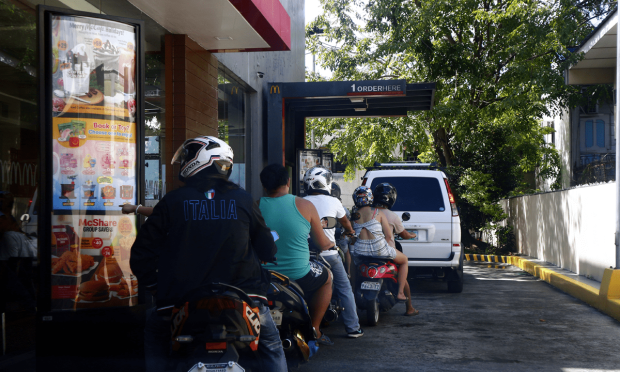Bite Ninja Raises $11.3M as Restaurants Seek Creative Labor Solutions

As restaurants’ labor challenges continue, a range of solutions are emerging to tackle the issue in creative ways. Bite Ninja, for one, a Memphis-based tech startup offering a remote work solution for select restaurant jobs, announced Tuesday (Aug. 23) that it had raised $11.3 million in a post-seed bridge funding round, bringing its total funding to $15.4 million.
The company promises access to its workforce of “Ninjas,” United States-based workers at locations of their choosing, to appear on screens by quick-service restaurants’ (QSRs) menu boards to remotely assist customers at drive-thrus and front counters.
“Bite Ninja is currently powering some of the most notable quick service restaurants from coast to coast, providing operators with access to more than 12,000 qualified ‘Ninjas’ ready to serve customers and fill open shifts,” Will Clem, the company’s CEO and co-founder, said in a statement. “We’re excited to push forward with the growth including targeting expansion overseas.”
The news release noted that the company currently has agreements with “five of the top 20 quick-service chains,” with more expected before the end of the year. The focus on quick service makes sense, given that these restaurant’s customers are more open to efficiency-oriented initiatives that could potentially lower the level of customer service.
In fact, research from the May/June edition of PYMNTS’ Digital Divide study, “The Digital Divide: Technology, The Metaverse And The Future Of Dining Out,” created in collaboration with Paytronix, which draws from a survey of around 2,500 U.S. adults, finds that 58% of grab-and-go restaurant customers think more restaurant technology means better customer service. In contrast, just 29% of dine-in consumers think the same.
Related news: Restaurants Tinker With Tech Recipe to Balance Efficiency and Personal Service
Yet, while some consumers may be resistant to new technologies in the restaurant, the need to make the process more efficient is pressing. In fact, research from the 2022 edition of PYMNTS’ Restaurant Readiness Index, also created in collaboration with Paytronix, which drew from a survey of more than 500 managers of quick-service restaurants (QSRs) and full-service restaurants (FSRs) across the country, found that about one in three restaurants report that their level of service has decreased as a result of staffing issues.
Read more: More Than Half of Restaurants Depend on Digital Sales, Despite Uptick in On-Premises Orders
Certainly, by opening up customer service positions to remote workers, restaurants gain access to a broader labor pool than they would if they were only drawing from people who live nearby who are willing and able to work on site. Yet, some restaurants are looking for a solution that cuts out the need for a human worker entirely.
Take, for instance, QSR giant McDonald’s, which last fall announced that it is partnering with IBM to bring technological improvements to the drive-thru lanes at its fast-food restaurants and automate the order-taking process. Additionally, Yum Brands’ Taco Bell announced in the Spring of 2021 the opening of a kiosk-only location in New York’s Times Square.
See also: McDonald’s Teams with IBM to Super-Size Drive-Thru Lane Tech
Taco Bell’s New Times Square Store Has Digital Focus, Dedicated Pickup Area
